Holiday Fun Facts
The winter holidays are here and it's a great time to learn more about the traditions your familiar with and get to know the ones you aren't. Here are some facts and stories you may not have known about just a few of the ways people celebrate during December.
Hanukkah: It's Not All About the Oil
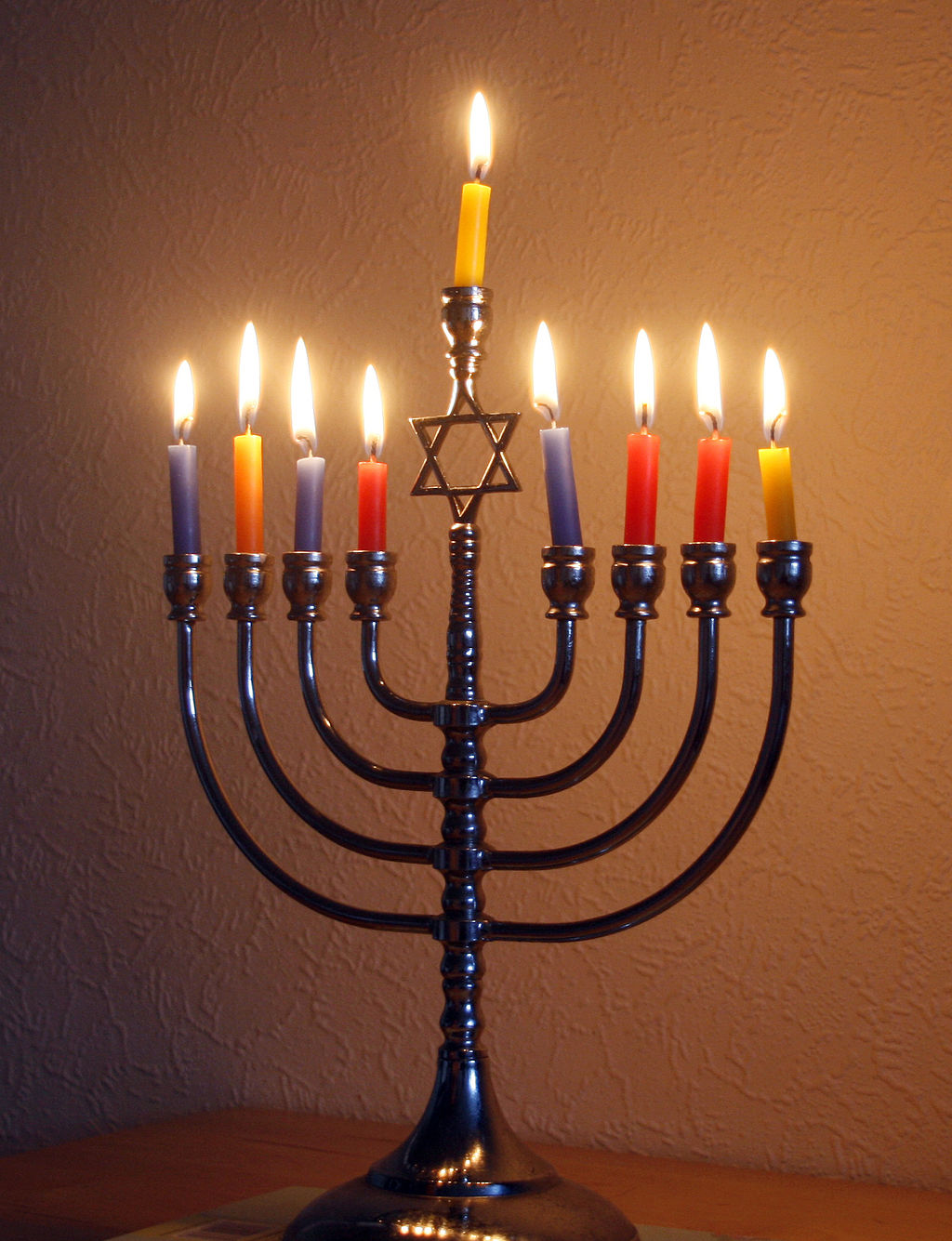
If you have only a passing familiarity with Hanukkah and its associated traditions, you may know it as a celebration of the lamp oil that lasted for eight nights when it only should have been enough for one. But this is only one part of the story, and one that doesn't show up in the narrative until later versions. The main purpose of Hanukkah is to celebrate the rededication of the Second Temple in Jerusalem, a major victory in the Maccabean Revolt. The temple had been repurposed as an altar to Zeus and needed to be cleansed and reclaimed, which included lighting the menorah. The rededication of the temple does include the story of how a single flask of the kosher oil needed to light the menorah miraculously lasted long enough for a new batch to be prepared, but not in the earliest accounts of the event.
Oh boy! Myrrh! Just What I Always Wanted!
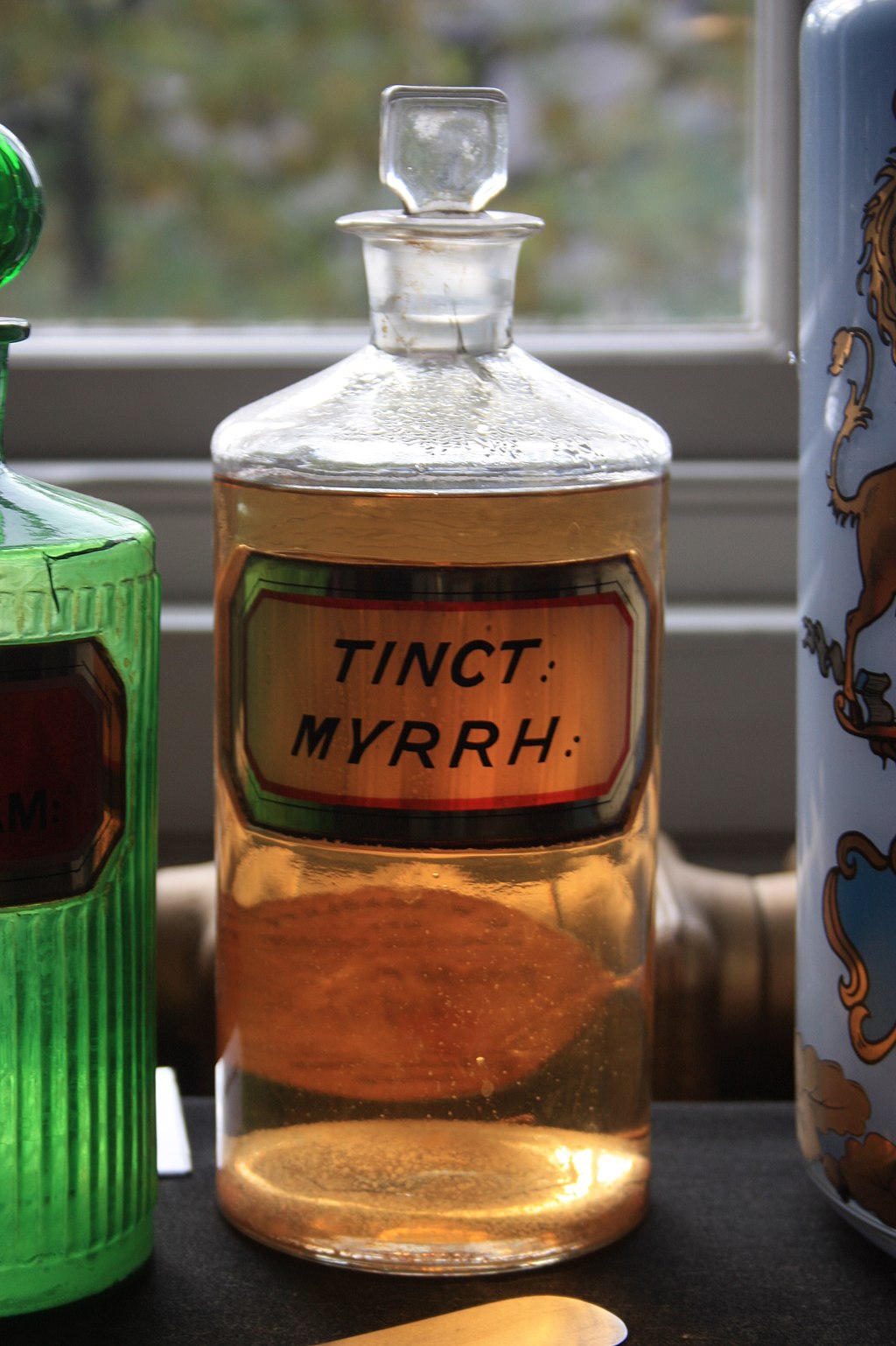
The Nativity story includes the three wise men - or magi - bringing gold, frankincense, and myrrh. Given that at least two of these don't end up on most modern wish lists, the nature and meaning of these gifts isn't the most common knowledge.
Gold is a pretty self-explanatory gift for anybody. In this case, gold is a symbol of royalty and a reference to Jesus being a king on Earth. All three gifts may have been common offerings to a king. Stories have been written about what happened to the gold, since Joseph and Mary remain poor after Jesus is born, despite the expensive baby shower.
Frankincense is what it sounds like and comes from the Old French for "high quality incense." It's a nice smelling resin used in perfumes and incense. Frankincense is thought to be a symbol of a deity.
Myrrh is also a resin or gum. Like frankincense, it's used to make perfumes and incense, but has also as a medicine and an embalming oil. The last use is believed to be why myrrh shows up here, as a foreshadowing of the death and suffering to come.
Santa? What Are You Doing Here?
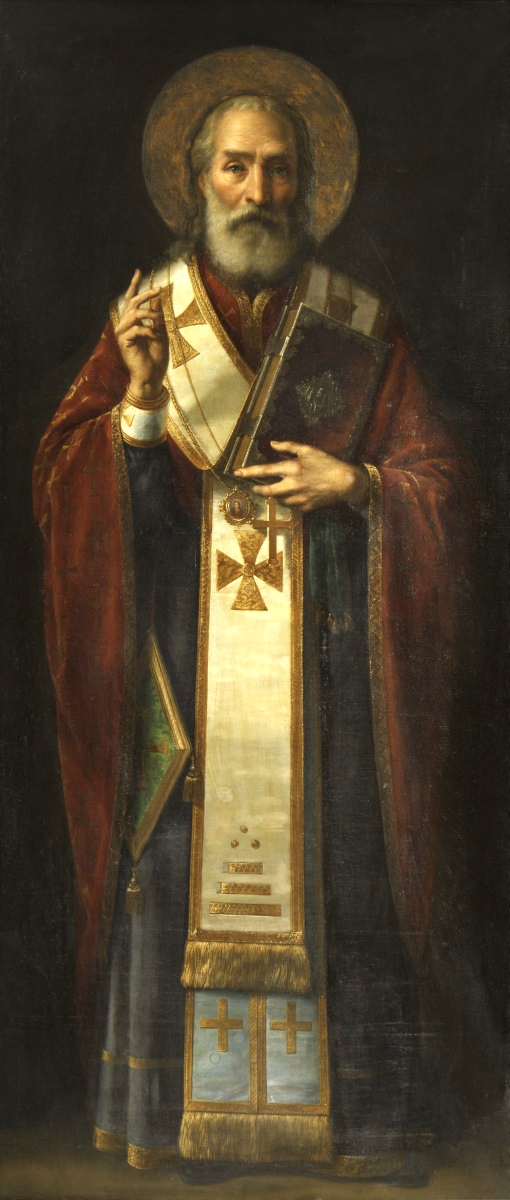
In a lot of cultures, Santa Claus is an immediately recognizable symbol of Christmas. But when you look at the story of Saint Nicholas the early Christian bishop from what is now part of Turkey, there's no connection to Christmas in particular. His feast day is traditionally on December 6 and he's hardly the only saint who is celebrated during that month. So how did he become associated with Christmas?
The feast day of St. Nicholas was often celebrated by giving presents (and still is in some places), particularly to children. Nicholas is the patron saint of children and was known for his generosity. The Protestant Reformation, among other things, sought to move focus away from the saints and towards Jesus. Since a gift giving holiday is always going to be popular, the presents were moved from St.Nicholas's feast day to Christmas. While the move did help to make Christmas more prominent, St. Nicholas still remained a popular figure and simply moved his gift giving from his feast day to Christmas Eve.
Krampus: You BETTER Watch Out
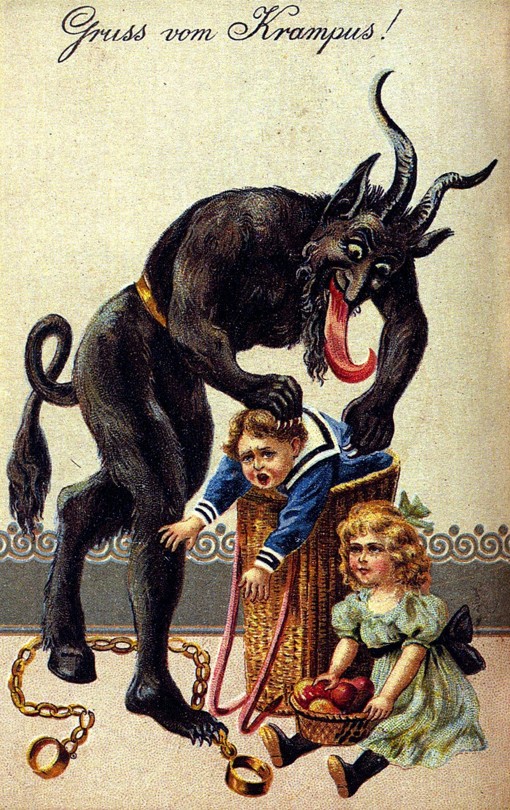
St. Nicholas and his various equivalents don't always work alone. He often has a helper or counterpart, sometimes tasked with dealing with the naughty children. One of the best known is Krampus, a forked-tongued goat demon from Central Europe. While St. Nicholas brings gifts for the good children, Krampus brings branches or whips to punish the bad kids. Truly awful children are carried away in his sack or basket. His origins are unclear and he may predate both St. Nicholas and Christianity. He remains common in Europe, sometimes appearing independently of St. Nicholas on his own Krampusnacht. Though he's not part of traditional U.S. celebrations, he's become popular stateside, sometimes with people feeling less holly and/or jolly than the seasonal carols command.
The Secret of Marley's Bandage
Charles Dickens' classic A Christmas Carol has been adapted countless times and while many details change from version to version, there are some that tend to persist. One of the more puzzling ones is the bandage around Jacob Marley's jaw. It is as much a part of Marley's traditional look as the chains festooned with cash boxes and heavy purses. In the original text, Marley undoes the bandage, causing his jaw to drop to his chest. Some versions skip this moment, but the bandage remains.
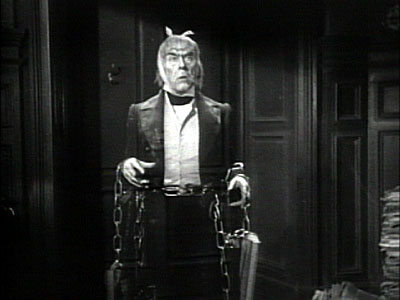
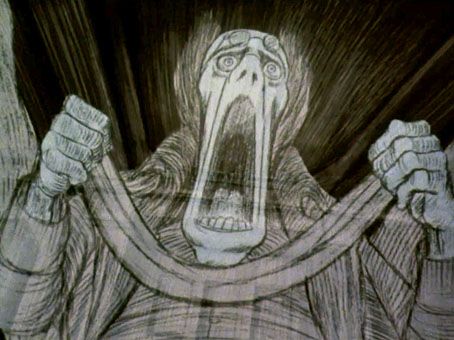
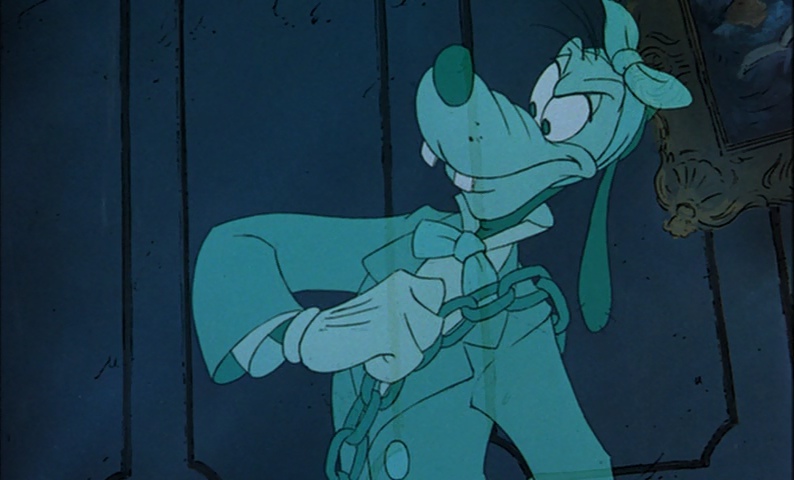
There have been theories about the meaning of the bandage, including various maladies or overindulgence in sweets. But the most likely explanation has nothing to do with the particulars of Marley's death. In Victorian times, tying up the jaw of the recently deceased was common practice. It kept the jaw from going slack and freezing in that position when rigor mortis set in. By untying the bandage and letting lis jaw drop, Marley is showing Scrooge his credentials as a corpse.
Share a Coke with Santa?
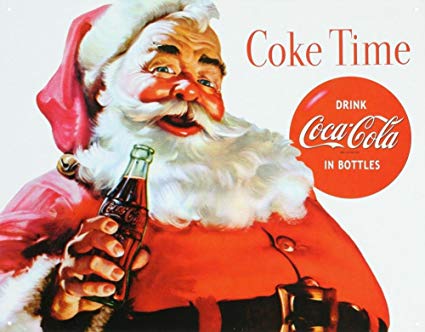
One popular story about Santa Claus has to do with the origins of his signature red and white suit. Clement C. Moore's poem A Visit from St. Nicholas, a major source for the popular conception of what Santa looks like, describes the benevolent home invader as dressed in furs and covered in soot and ashes, but doesn't give any color details. A common explanation is that the colors of Santa's suit came from the Coca-Cola Company, which used the jolly old elf in a variety of advertisements in the 1930s and beyond. It's a fun story and fits in well with the bigger story of how capitalism has influenced Christmas in the U.S., but it's not true. The red and white apparel appeared on Santa at least 20 years prior in cover illustrations for the humor magazine Puck.
Rudolph the Retail Reindeer
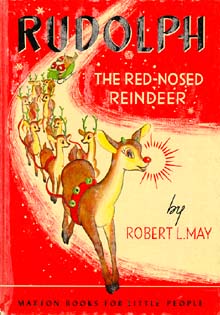
Reindeer have been seen pulling Santa's sleigh since at least 1921 and the poem A Visit from St. Nicholas gave the titular character his traditional team of eight named reindeer, But where did Rudolph come from?
In 1939, over 100 years after Moore introduced us to Santa's starting lineup, the department store Montgomery Ward needed a Christmas story. Montgomery Ward had a tradition of purchasing and giving away holiday themed coloring books every year and had decided to make their own book as a money-saving measure. Copywriter Robert Lewis May created a poem about a young reindeer with a glowing red nose who ends up leading Santa's sleigh on a particularly foggy Christmas Eve. The book was a huge hit with consumers and later became a best seller, despite the millions of copies Montgomery Ward had given away in previous years, Movies, TV specials, and the famous song penned by May's brother-in-law have helped Rudolph to become part of Christmas legend.
Kwanzaa: First Fruits of the Harvest

Professor and activist Maulana Karenga created Kwanzaa in the 1960s as a way for African-Americans to celebrate their heritage and culture. The name comes from the Swahili phrase "matunda ya kwanza" meaning "first fruits of the harvest." The celebration itself is based on various African harvest festivals, particularly the Zulu celebration Umkhosi Wokweshwama. Families and communities gather together on the seven nights of Kwanzaa to celebrate and reflect on ideals including unity and self-determination. Modern Kwanzaa celebrations are not considered incompatible with other winter holidays and many people celebrate Kwanzaa as well as other December and January observances.
These are only some of the many traditions and celebrations that take place towards the end of the year. If you have an interesting fact or a family tradition you'd like to share, please post it in the comments. And whatever you celebrate, have a wonderful December and a happy new year!
